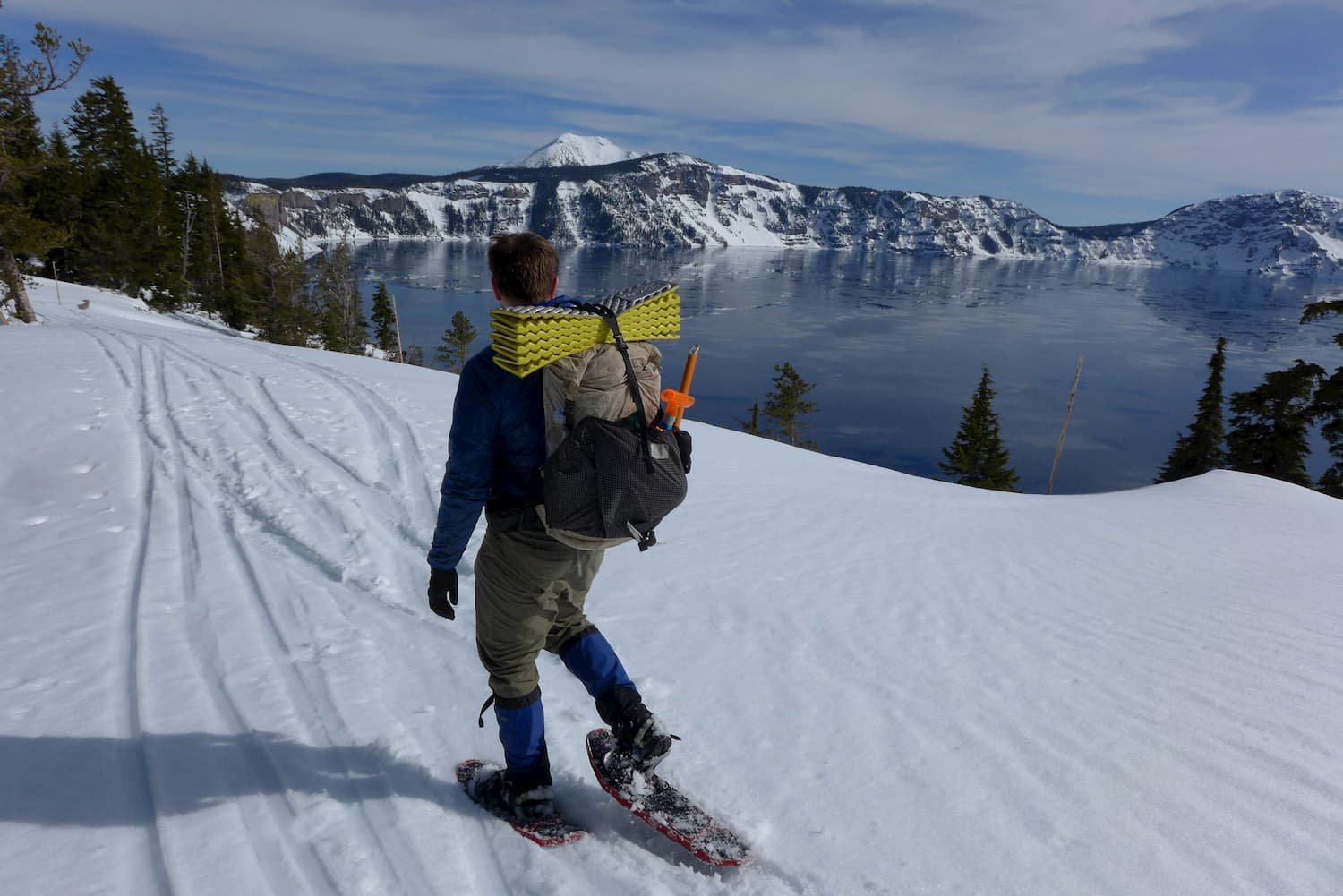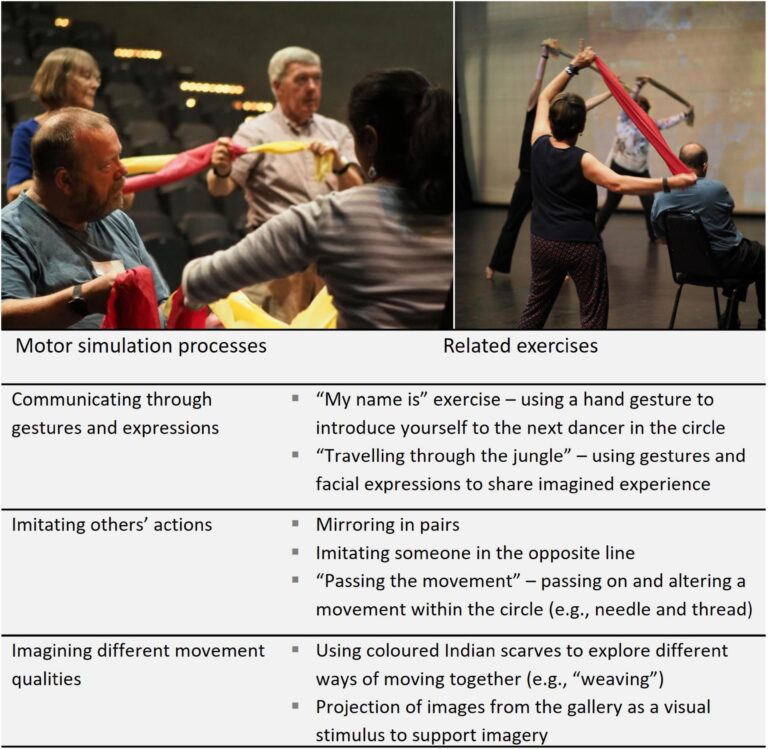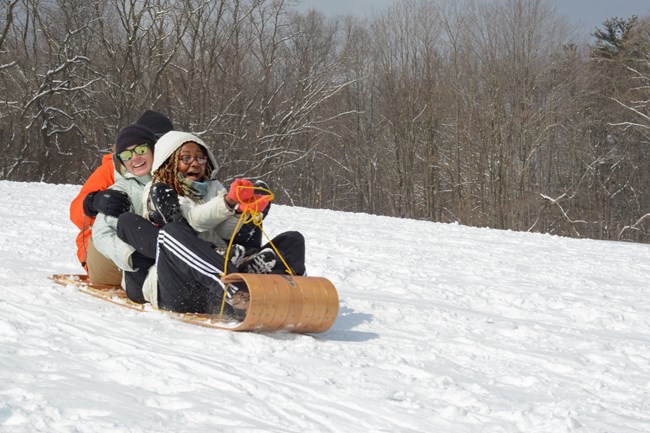Sports that require a snowshoe include snowshoe racing and snowshoe hiking. In snowshoe racing, participants compete to finish a course while wearing snowshoes, while snowshoe hiking involves using snowshoes to explore snowy landscapes.
Snowshoeing is a popular winter activity that offers exercise, enjoyment, and a way to experience the beauty of snowy surroundings. It is also a low-impact sport that can be enjoyed by people of all ages and fitness levels. Whether you are looking for a competitive challenge or a leisurely hike, snowshoeing is a versatile sport that can be enjoyed in various snowy terrains.

Credit: www.facebook.com
Snowshoeing As A Sport
Snowshoeing is an exhilarating sport that requires specialized footwear for traversing snowy terrain. It provides a unique way to explore winter landscapes and engage in physical activity amidst pristine surroundings.
History Of Snowshoeing
Equipment Required For Snowshoeing
Techniques And Skills For Snowshoeing
Snowshoeing is a thrilling winter sport that combines the joy of hiking with the unique challenge of navigating snowy terrains. As one of the oldest forms of winter transportation, snowshoeing has evolved into a popular recreational activity and competitive sport. In this section, we’ll delve into the fascinating history of snowshoeing and explore the equipment required as well as the techniques and skills needed to excel in this exhilarating winter sport.
History Of Snowshoeing
The history of snowshoeing can be traced back thousands of years, with its origins rooted in the indigenous cultures of North America. Native Americans and Canadian Indigenous peoples relied on snowshoes to travel across extensive snowy landscapes for hunting, transportation, and trade.
This traditional footwear made of wood and animal hides gradually evolved over time, with designs specific to various regions. The introduction of metal crampons and lightweight materials further improved the efficiency and performance of snowshoes.
As the industrial revolution took hold, snowshoeing shifted from a necessity to a recreational activity. The development of lightweight aluminum frames and synthetic materials in the 20th century made snowshoeing accessible to a wider audience, leading to its rise as a popular outdoor sport.
Equipment Required For Snowshoeing
When venturing into the snowy trails, having the right equipment is crucial for an enjoyable snowshoeing experience. Here’s a breakdown of the essential gear:
- Snowshoes: The centerpiece of this sport, snowshoes are specially designed to distribute your weight, preventing you from sinking deeply into the snow. They come in various shapes and sizes, catering to different terrains and user preferences.
- Trekking Poles: While not mandatory, trekking poles provide stability and balance, especially when navigating tricky or steep terrain.
- Appropriate Clothing: Dressing in layers and wearing moisture-wicking and insulated clothing helps in regulating body temperature and keeping dry. Don’t forget protective accessories like hats, gloves, and goggles.
- Safety Equipment: Basic safety gears such as a headlamp, a small first aid kit, a whistle, and a map are essential for any outdoor adventure.
Techniques And Skills For Snowshoeing
While snowshoeing is relatively easy to learn, mastering specific techniques and skills will enhance your performance and overall enjoyment. Here are some valuable tips:
- Posture and Stride: Maintain an upright posture and take wider steps to prevent tripping or stumbling on uneven terrain. Lean slightly forward when ascending and use your toes to dig in when descending.
- Kicking Steps and Side Sloping: In deep snow or steep slopes, kicking steps allows you to create footholds while side-sloping helps maintain stability on angled terrain.
- Turning and Maneuvering: Practice making sharp turns and navigating around obstacles while maintaining your balance. Use your poles for additional support and stability.
- Up- and Downhill Techniques: When ascending inclines, use shorter strides and dig your toe crampons into the snow. For descending, control your speed, and gradually shift your weight backward.
By applying these techniques and practicing regularly, you’ll gain confidence and improve your ability to explore more challenging snowshoeing routes.
Popular Snowshoe Sports
Snowshoeing is not just a means of transportation in snowy areas, but it has also evolved into a popular sport that offers a variety of engaging activities. From snowshoe racing to backcountry snowshoeing and snowshoe hiking, there are plenty of thrilling options to explore. In this blog post, we will dive into the world of popular snowshoe sports, highlighting the unique features and benefits of each.
Snowshoe Racing
Snowshoe racing has gained immense popularity over the years, attracting both amateurs and professionals alike. It involves racing against competitors while wearing snowshoes, testing their speed and endurance in snow-covered terrain. With races ranging from short distances to marathons, snowshoe racing provides exciting opportunities for individuals to compete and push their limits.
Here are some key aspects of snowshoe racing:
- Speed and Agility: Snowshoe racing demands quick footwork and nimble movements to navigate through challenging terrains effectively.
- Endurance and Stamina: Participants need to possess excellent stamina to sustain their energy levels throughout the race, which can vary in lengths and difficulty.
- Competitive Spirit: Snowshoe races foster a competitive environment, pushing individuals to give their best and strive for victory.
Backcountry Snowshoeing
For those seeking more adventure and exploring the wilderness, backcountry snowshoeing offers an exceptional experience in tranquil and remote winter landscapes. It involves traversing off-trail areas, allowing individuals to immerse themselves in nature’s beauty. Besides the scenic views, backcountry snowshoeing provides an excellent opportunity for physical activity and solitude.
Below are some notable aspects of backcountry snowshoeing:
- Exploration and Adventure: Backcountry snowshoeing gives individuals the chance to discover untouched areas and connect with nature on a deeper level.
- Physical Fitness: This sport engages various muscles and provides a low-impact cardiovascular workout, contributing to overall fitness.
- Serenity and Solitude: By venturing into remote areas, individuals can find peace and tranquility away from crowds and noise.
Snowshoe Hiking
Snowshoe hiking combines the joy of hiking with the added challenge of navigating snowy trails. It is an excellent sport for individuals who want to enjoy the outdoors, appreciate the winter scenery, and maintain an active lifestyle throughout the colder months. Snowshoe hiking offers an ideal balance of physical exertion and relaxation, making it a popular choice for outdoor enthusiasts.
Here are some key aspects of snowshoe hiking:
- Scenic Trails: Snowshoe hiking allows individuals to explore picturesque winter trails that may be inaccessible during other seasons.
- Cardiovascular Workout: By using snowshoes, hikers engage multiple muscle groups, enhancing their cardiovascular endurance and muscular strength.
- Accessible to All Fitness Levels: Snowshoe hiking can be enjoyed by people of various fitness levels, making it an inclusive sport for everyone.
Safety And Preparation
Safety and preparation are essential when it comes to participating in snowshoeing. This exhilarating winter sport allows individuals to explore snowy terrains and enjoy the beauty of nature. However, before embarking on a snowshoeing adventure, it is crucial to take necessary precautions to ensure a safe and enjoyable experience. This section will provide valuable information on choosing the right snowshoes, dressing appropriately for snowshoeing, and navigating snowy conditions.
Choosing The Right Snowshoe
The right snowshoes can make a significant difference in your snowshoeing experience. It is important to choose snowshoes that are suitable for your weight, as well as the type of terrain you will be traversing. Consider the following factors when selecting your snowshoes:
- Weight Capacity: Check the manufacturer’s weight capacity guidelines to ensure your snowshoes can support your weight comfortably.
- Terrain Type: Different snowshoes are designed for various terrains such as flat trails, steep slopes, or icy surfaces. Determine the type of terrain you will be encountering and choose appropriately.
- Binding Type: The binding system of snowshoes should securely hold your feet in place. Look for options that provide a snug fit and are easy to adjust.
- Size and Shape: Consider the length and width of the snowshoes. Longer and wider snowshoes provide better flotation in deep snow, while narrower ones offer more maneuverability.
Dressing Appropriately For Snowshoeing
Proper attire is essential to stay comfortable and protected during snowshoeing. Here are some recommendations for dressing appropriately:
- Layering: Wear moisture-wicking base layers to keep your body dry and insulated. Add a warm mid-layer and a windproof outer layer to protect against cold temperatures and wind chill.
- Insulated Boots: Choose waterproof and insulated boots that provide good traction on snowy surfaces.
- Socks: Opt for moisture-wicking and warm socks to keep your feet dry and cozy.
- Gloves and Hat: Wear insulated gloves or mittens and a hat to protect your extremities from frostbite.
- Sun Protection: Apply sunscreen to exposed skin and wear sunglasses or goggles to shield your eyes from the sun’s glare.
Navigating Snowy Conditions
Understanding how to navigate snowy conditions is crucial for a safe and enjoyable snowshoeing experience. Follow these tips to navigate snowy terrains:
- Plan Ahead: Familiarize yourself with the trail map and weather conditions before setting off. Let someone know about your itinerary and expected time of return.
- Safety Gear: Carry essential safety gear such as a map, compass, headlamp, and extra layers in case of unexpected weather changes.
- Techniques: Learn basic snowshoeing techniques, such as using a wider stance and lifting your feet higher to prevent tripping over deep snow.
- Avalanche Awareness: If you plan to venture into avalanche-prone areas, acquire knowledge about avalanche safety and consider taking a course or hiring a certified guide.
- Trail Etiquette: Respect trail etiquette and yield to other users, such as skiers or hikers. Be mindful of fragile vegetation and wildlife habitats.

Credit: www.treelinereview.com

Credit: www.facebook.com
Can Snowboarding Skills Help in Snowshoeing Sports?
Snowboarding skills can greatly enhance your performance in snowshoeing by improving balance, core strength, and coordination. Techniques honed from sports involving a snowboard, such as edge control and terrain navigation, can seamlessly translate to efficient movement on snowshoes, making challenging trails and conditions more manageable while boosting overall confidence in winter sports environments.
Frequently Asked Questions Of Sports That Require A Snowshoe
What Are The Benefits Of Snowshoeing?
Snowshoeing offers a range of benefits, including a great cardiovascular workout, improved balance and coordination, and the opportunity to explore winter landscapes. It’s also a low-impact activity that can be enjoyed by people of all fitness levels.
Can I Snowshoe On Any Type Of Snow?
Snowshoes are designed to work on various types of snow, including powder, packed snow, and even icy conditions. However, the performance of your snowshoes may vary depending on the type of snow you are encountering.
Do I Need To Have Previous Experience To Snowshoe?
No, snowshoeing is a beginner-friendly sport that requires minimal equipment and can be enjoyed by anyone. It’s a simple and intuitive activity that can be picked up quickly, even if you have never tried it before.
Can I Use Regular Hiking Boots For Snowshoeing?
While regular hiking boots can be used for snowshoeing, it’s recommended to have insulated, waterproof boots that provide better protection against the cold and wet conditions. Snowshoe-specific boots offer better traction and stability on snow-covered terrain.
Can Cross-Training Sports Improve Performance in Snowshoeing Activities?
Engaging in crosstraining sports for better skiing can significantly enhance your snowshoeing performance. Activities like cycling or trail running improve endurance, while strength training builds muscle power crucial for snowy terrains. Such diverse conditioning not only boosts cardiovascular fitness but also refines balance and agility, key factors for excelling in snowshoeing adventures.
Conclusion
Snowshoeing is an ideal winter sport for those who crave adventure and want to explore the snow-covered landscape. Whether you are a beginner or an experienced outdoors enthusiast, snowshoeing offers a unique way to stay active and experience the beauty of nature.
With a variety of snowshoe sports available, from racing to backcountry exploration, there is something for everyone. So, grab your snowshoes and immerse yourself in the exhilarating world of snow-filled adventures. Stay active, stay safe, and make the most of the winter wonderland around you.





